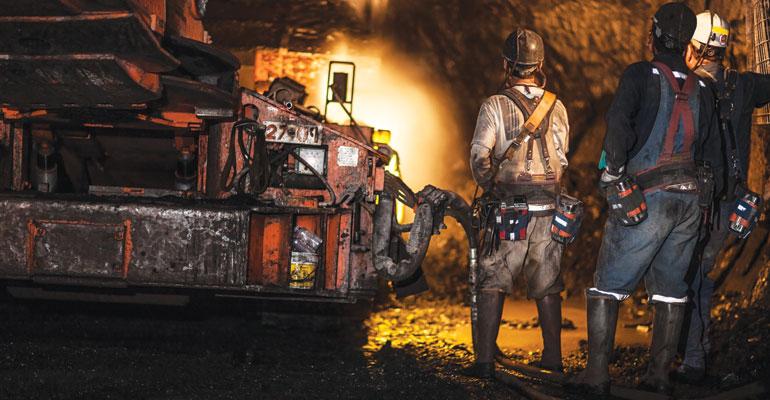Strata Worldwide says it has accomplished the first ever application of proximity detection on underground shuttle cars in an Australia coal mine.
As a proactive safety measure, one of the world’s leading mining companies has been undergoing extensive research on Strata’s HazardAvert® proximity detection technology. The mining client and Strata Worldwide have been working together to test and trial the technology in both surface and underground coal mining environments, with the company’s primary goal being to reduce the potential risks to people working in close proximity to mobile equipment.
HazardAvert proximity detection system generators, installed on equipment, form electromagnetic warning and danger zones around the machinery, Strata Worldwide explains. These zones are detected by the HazardAvert Personal Alarm Devices installed into the miner cap lamps or worn on the miners’ belt. When the zones are breached, either by a miner entering the zone, or by the shuttle car approaching a miner, the system alarms and alerts both parties. To overcome situations where reaction time is limited, the system can be interfaced into the controls of the equipment to automatically slow or stop the machinery, the company added.
Following a year of successful surface trials, the mine in question elected to take the technology underground at one of its coal mining operations in central Queensland. Over a six-month trial period, HazardAvert was fitted on two shuttle cars and incorporated into 30 miner cap lamps and used in production on selected development shifts, Strata Worldwide said.
“The mine reported encouraging results and the technology was well received by mining operators,” the company said. “The operation is now eager to expand the trial of the technology into further production panels and outfit the mine’s entire fleet of shuttle cars. This success marks the first Australian underground coal mine to utilise proximity detection technology on shuttle cars in production.”
The company is also considering a test of the systems on other mobile equipment, including personnel transporters, LHDs, shield haulers and a selection of surface equipment.
The head of project execution at the mine site commented that keeping its people safe is always its highest priority, so implementing this technology is a huge step forward in the future of underground mine safety. He continued by saying that the solution opens up the opportunity to use the technology across multiple pieces of mobile equipment and, if implemented correctly, can impact human behaviours in a positive way.
In a separate blog post back in May, BHP Mitsubishi Alliance said it had achieved an “Australia coal first” with a shuttle car proximity detection trial at its Broadmeadow coal mine, in Queensland.











